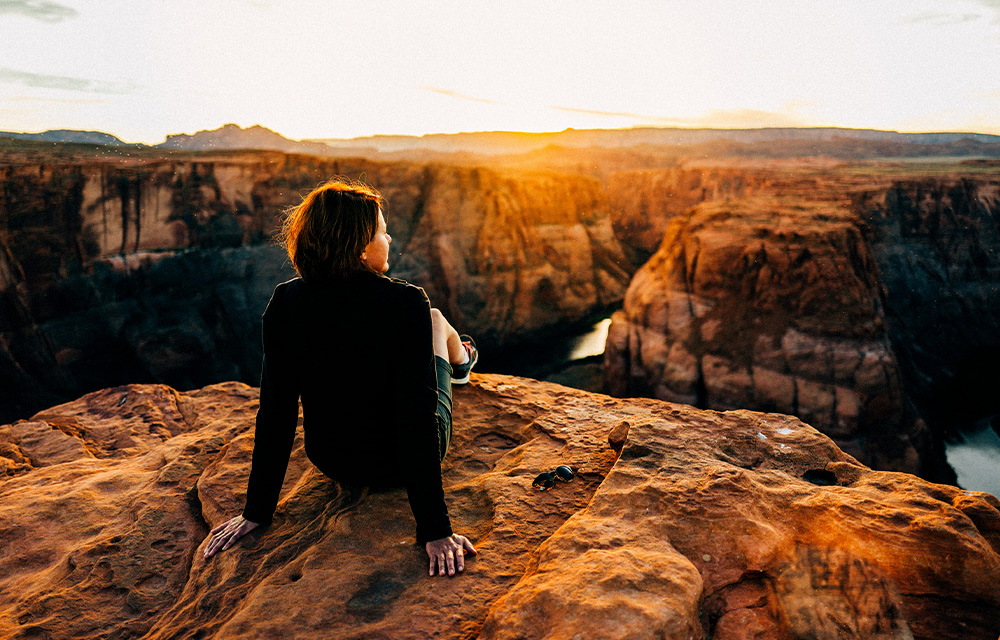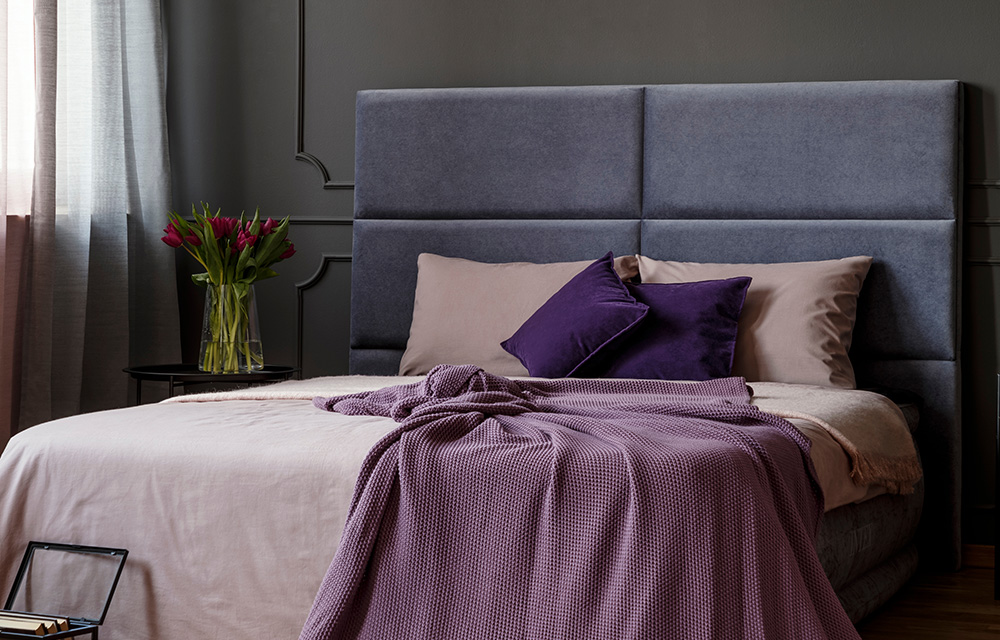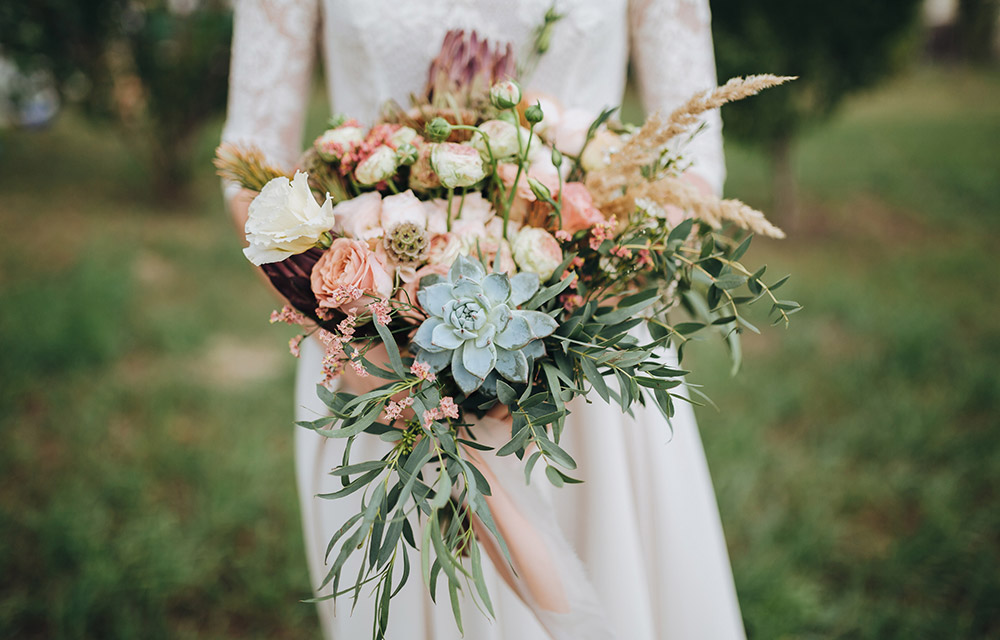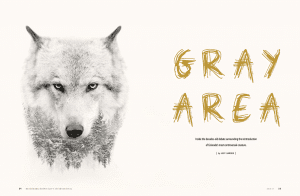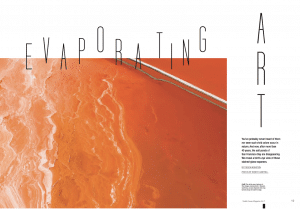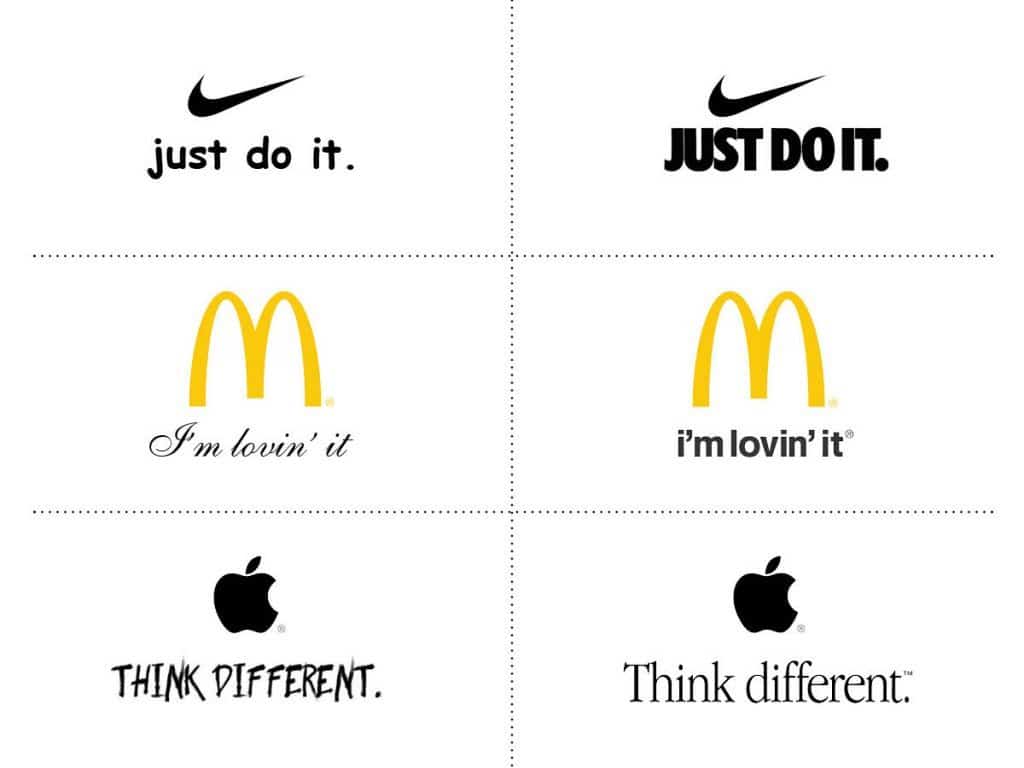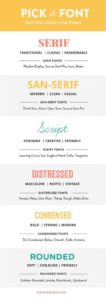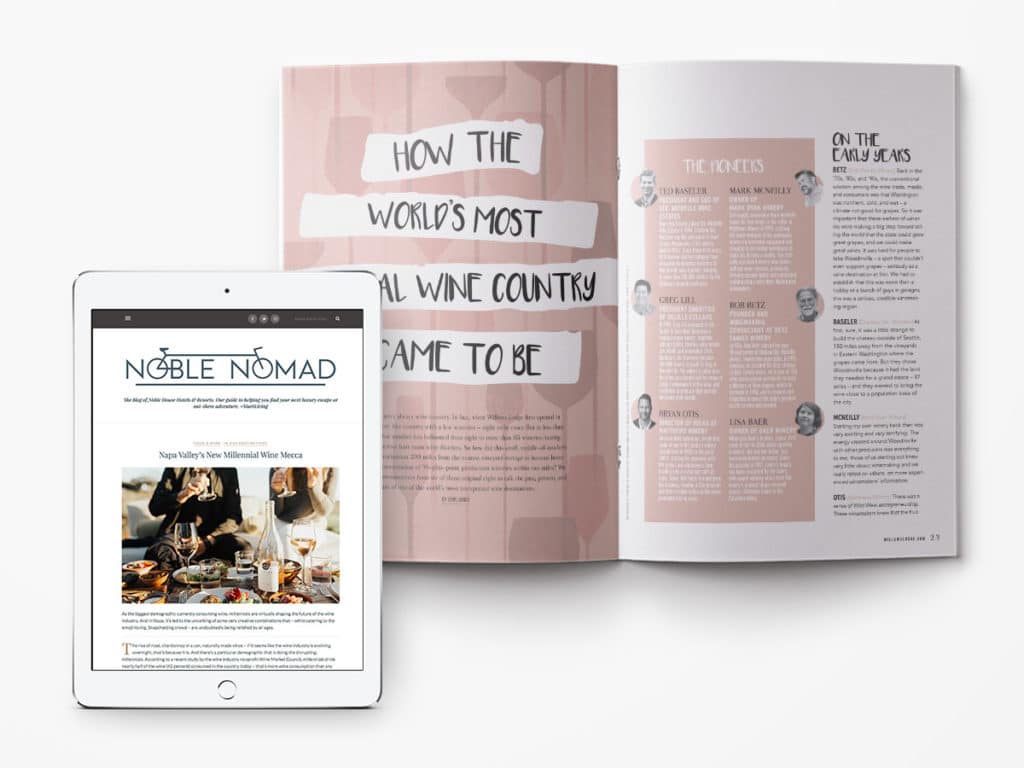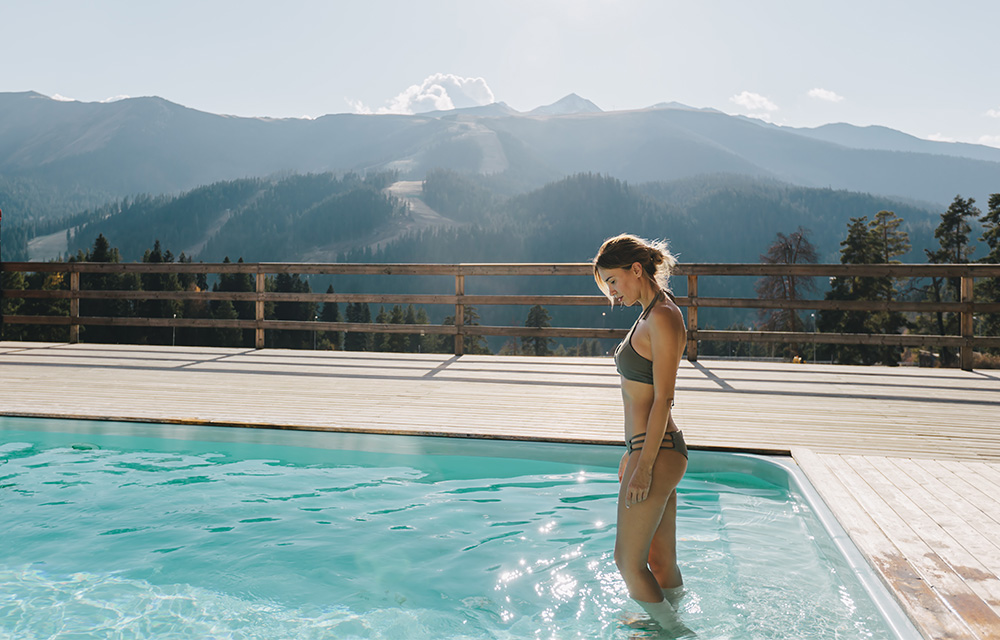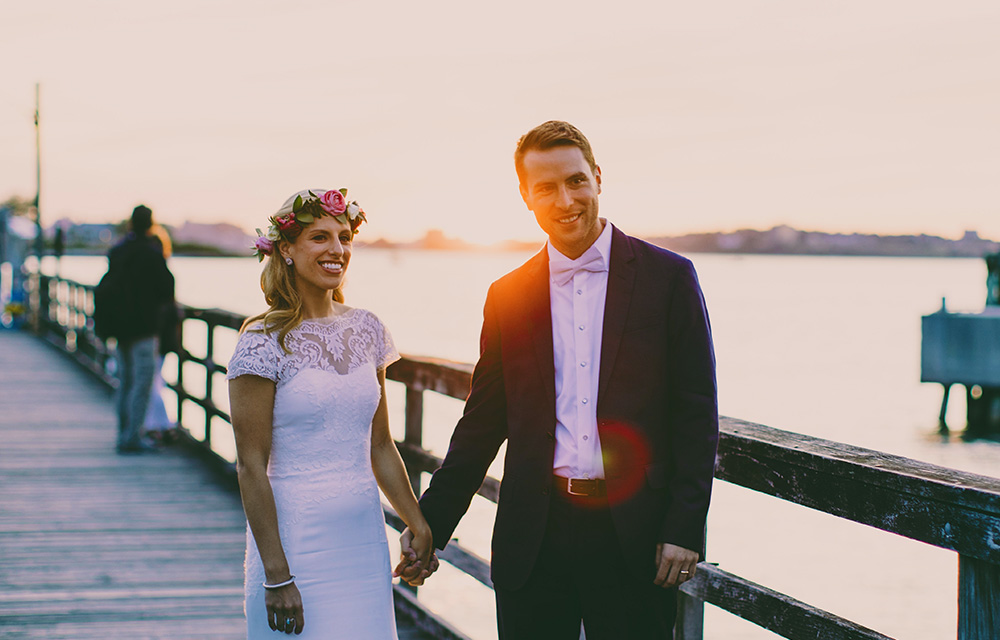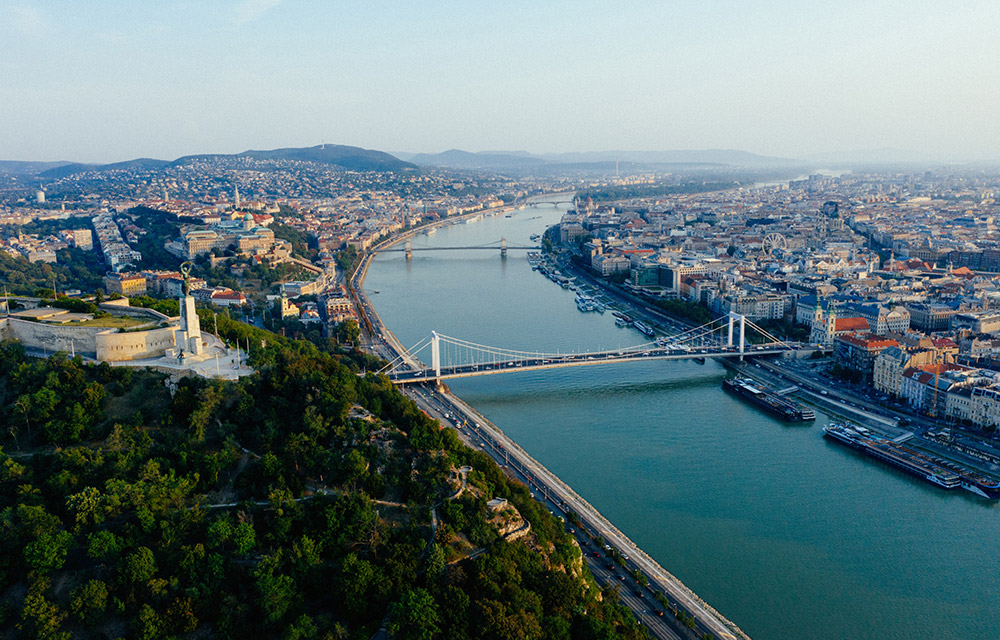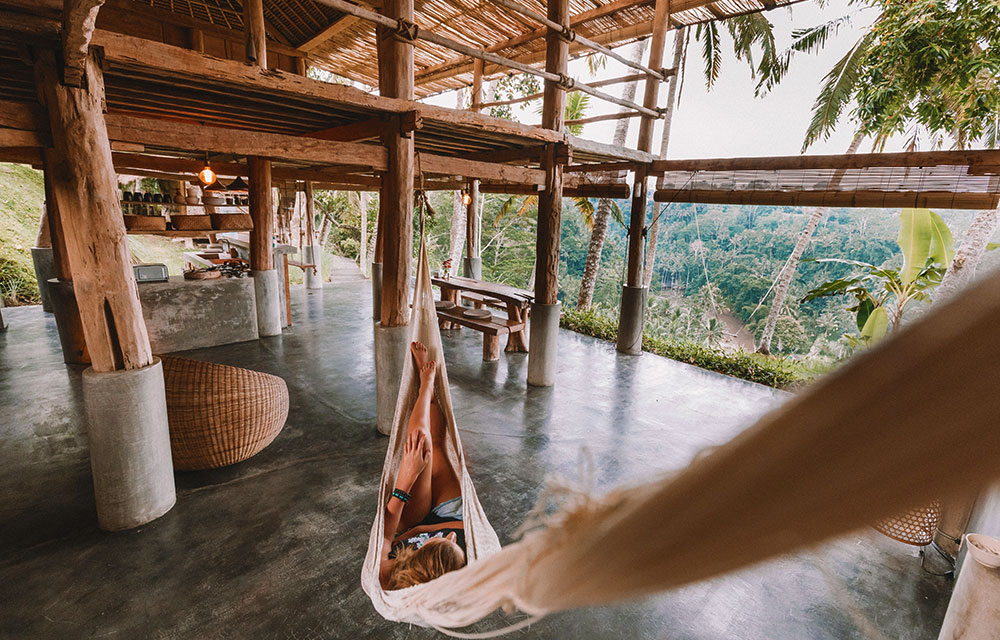Emily Forsha of Travel Oregon pulls the curtain back on what we consider one of the top destination content marketing strategies in the hospitality industry.
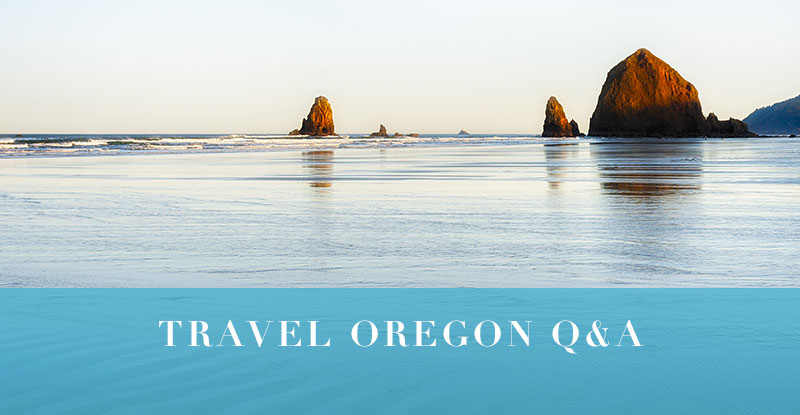
As an agency that specializes in content marketing strategies built around bringing the best of destinations to life for our hotel and hospitality marketing clients, we know a good job when we see one. We’ve long regarded Travel Oregon as having one of the best-executed, most well-rounded content marketing strategies in the country, particularly among DMOs. Spanning print, digital, social, and email, many of their stories can stand against consumer publishers – not just travel marketing – and also fill important information gaps for tourists and locals alike.
From an ongoing Q&A forum where visitors can ask questions fielded by a series of uniquely qualified and curated experts to an incredibly well branded vein of content devoted to Oregon’s “7 Wonders” – plus, let’s face it, an essential: a solid website with kickass UX – these guys know what they’re doing. They’re not only getting people to go to places, but helping them have the best time possible while they’re there.
So we talked with Emily Forsha, Travel Oregon’s content and community manager, to get the inside scoop on everything from the execution details (budget, team size, etc.) and big-picture vision to why hiking and ghost towns may be gold mines for Oregon content…but why Travel Oregon won’t always go back to those wells time and time again.
How much content does the Travel Oregon team produce? What’s the budget?
Our core content plan budget is $220,000 annually, for production of our annual print visitor guide, email newsletter (2 emails monthly, 3 stories per email), and feature stories (25 annually). However, we often put additional budget toward campaign-specific content needs. For example, we developed an extra package of winter and city-specific trip ideas to support our winter campaign last year.
How many people are on the team, and what are their roles?
The team I work on is called Integrated Marketing, and we work on both platform and content for Travel Oregon. A Project Manager and a Database Coordinator work on the platform side, and a couple of us focus on the content side of things. So while I’m really focused on making sure our content is high quality and on-brand, our Project Manager and Database Coordinator are fixing bugs on the website and figuring out how to make our database even more efficient and useful for industry partners.
Basically, we work together to make sure both our content and the place where you see that content are working and looking their best. Then, there’s a director who oversees the whole team. So there are five of us on the core team, and we work with a variety of vendors who help us execute on the content side – partners, locals, freelancers, and bloggers. A custom publishing company helps us produce our printed visitor guide and many of the stories you see on the website and email newsletter. We also work with a social media agency to help with social content.
What are the main focuses of your content?
The way I always think of destination marketing is that everyone experiences your destination differently. So right now, what we’re focused on is how many perspectives of that story can we get – just knowing it’s not just what the content is, but who’s telling the story and how they’re experiencing it. Someone who lives here has a different perspective than someone coming for the first time or for a specific reason. So what we’re focused on is filling as many of those gaps as possible.
What’s a big “must have” for your content marketing?
One thing above all else is that we want to write in the first person perspective. Many of the pitches I heard when I first started were from businesses and PR folks and they sounded like they were out of a travel brochure, and that doesn’t fit into what we’re looking for. It’s about making sure it’s someone’s actual experience – a place, event, trip, whatever – to help us ensure that it has the right voice. It wasn’t a criteria when I started, but it evolved, and we found that it’s the best way.
How do you always maintain that first-person perspective if you’re promoting a specific business?
We’ll help them find someone who’s local or have a blogger come through and have them tell an authentic story for us.
What are your go-to stories?
I always say that if we could just write stories about waterfalls and ghost towns, we’d have killer numbers, but it’s about balance. Those aren’t the only stories we want to tell. Ghost towns is a great example. We don’t have a ton of information about it on our site, but people go crazy about it when we do cover them. We’ll do one or two stories to bridge the information gap, because we know people will like it, but there are other stories too – so we don’t want to become too one-note.
Hiking is another one. We could easily post about hiking every day, based on demand. But instead we look at how everyone goes to the Crater Lake page on our site, so we look at how we can use that page to let people know that they should take a longer trip in southern Oregon. Everyone’s into Crater Lake, so when they’re there, here’s the route they should take. We try to get people to stay a little longer and go a little further, so we leverage those popular themes or pages to get people to do a bit more.
How has Travel Oregon’s content marketing strategy evolved?
When I stepped in five years ago, it was just starting to become a big focus, but at that point, it was more about checking off the boxes. “Let’s do a story about biking, or wildflowers in the spring” – we were just making sure we were producing content seasonally and covering the different activity buckets, and of course balancing coverage equitably across the whole state, which remains a big focus for us. But what’s happened is we’ve sort of had a move toward transparency, and being transparent about what experience you’ll have when you visit.
What do you mean by being more “transparent” with your content, especially since it’s still marketing, right?
A few years ago, there was a very popular spot in the state that was really crowded all the time, so we really just didn’t want to talk about it – now, we look at it like, “how do we set up readers to go there and have the best experience possible?” The parking lot is always full, there are massive crowds of people there so we’re telling people how they need to get there early, what bus to take, and how to handle those crowds. That’s something I feel good about – being able to talk more honestly and not just seeing our job as marketing but as really helping people to have a good time.
Does every piece of content you produce get promoted and distributed in social media or email campaigns?
Sometimes, we just feature it on the website and may or may not share it on social media, depending on the story. Sometimes it’s included in our email newsletter. We look at how broad an audience it’s going to speak to. So something like our email newsletter, it’s going to be the hiking story everyone wants, or about a weekend in southern Oregon. Smaller ones may be good to feature on key pages on our site. Some of the stories we produce are just to fill an information gap. We just wrote one about traveling with your bike in Oregon, which is really great information if that’s what you’re looking for – but it’s not a fit for social or our email newsletter because it’s not that exciting. It’s great information, very useful – but not necessarily inspirational.
What sort of analytics do you look at to know whether you’re on the right track?
It’s definitely a mix, but I’d say that we look at click-through rates on email newsletter stories, and especially read-through rates, in addition to the response on social media. The biggest thing we look for is something that’s hitting across channels – so if a lot of people clicked on a story about ghost towns in our newsletter, and a lot of people also tagged their friends on a photo of a ghost town on Instagram, we know that’s a theme that’s going to resonate across channels.
Was there ever a point when you and your team started thinking that you figured out the formula for successful content marketing?
That thought has never even occurred to me! I’m really proud of what we’ve done with our feature content, though. Those are the longer magazine-style stories that we produce quarterly through our custom publishing company, and they’ve always been really great, and I’ve always been proud of the quality of them – but when I looked at them this year, I was like, “This is good storytelling.” Not even within destination marketing, but anywhere. I feel like they would stand against any magazine, travel or otherwise.
What should DMOs just getting into content marketing and hotels into destination marketing understand?
You need to figure out what you’re going to focus on. When I started, we had kind of specific buckets to help focus ourselves. We knew we were going to do X stories in seven regions that we wanted to spread around. At that time, we had only two brand pillars – outdoors and culinary – so that really helped focus us. Otherwise, it’d just be too overwhelming. Having a framework to fall back on to help you make those decisions make it a lot easier to tackle, and less daunting.
